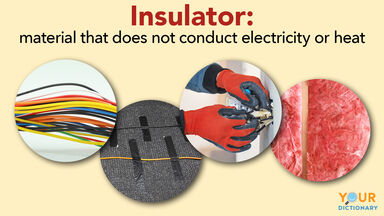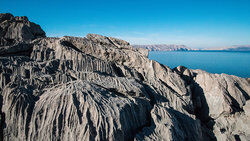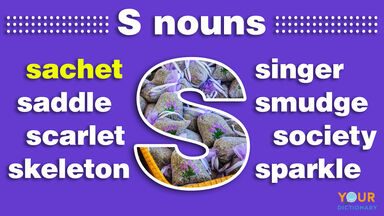The limestones contain Globigerina and other Foraminifera, the siliceous beds are made of Radiolaria, sponge spicules and diatoms, while the red clay closely resembles the red clay of the deepest parts of the oceans.
When those deposits of organic origin are wanting or have been removed, the red clay composed of the mineral constituents is found alone.
Thus red clay and radiolarian ooze are distinguished as abyssal deposits in contradistinction to the epilophic calcareous oozes.
Red clay is the deposit peculiar to the abysmal area; 70 carefully investigated samples collected by the " Challenger " came from an average depth of 2730 fathoms, 97 specimens collected by the " Tuscarora " came from an average depth of 2860 fathoms, and 26 samples obtained by the " Albatross " in the Central Pacific came from an average depth of 2620 fathoms. Red clay has not yet been found in depths less than 2200 fathoms. The main ingredient of the deposit is a stiff clay which is plastic when fresh, but dries to a stony hardness.
A very interesting feature is the small proportion of calcium carbonate, the amount present being usually less as the depth is greater; red clay from depths exceeding 3000 fathoms does not contain so much as 1% of calcareous matter.





